-
 Afrikaans
Afrikaans -
 Albanian
Albanian -
 Amharic
Amharic -
 Arabic
Arabic -
 Armenian
Armenian -
 Azerbaijani
Azerbaijani -
 Basque
Basque -
 Russian
Russian -
 Bengali
Bengali -
 Bosnian
Bosnian -
 Bulgarian
Bulgarian -
 Catalan
Catalan -
 Cebuano
Cebuano -
 Corsican
Corsican -
 Croatian
Croatian -
 Czech
Czech -
 Danish
Danish -
 Dutch
Dutch -
 English
English -
 Esperanto
Esperanto -
 Estonian
Estonian -
 Finnish
Finnish -
 French
French -
 Frisian
Frisian -
 Galician
Galician -
 Georgian
Georgian -
 German
German -
 Greek
Greek -
 Gujarati
Gujarati -
 Haitian Creole
Haitian Creole -
 hausa
hausa -
 hawaiian
hawaiian -
 Hebrew
Hebrew -
 Hindi
Hindi -
 Miao
Miao -
 Hungarian
Hungarian -
 Icelandic
Icelandic -
 igbo
igbo -
 Indonesian
Indonesian -
 irish
irish -
 Italian
Italian -
 Japanese
Japanese -
 Javanese
Javanese -
 Kannada
Kannada -
 kazakh
kazakh -
 Khmer
Khmer -
 Rwandese
Rwandese -
 Korean
Korean -
 Kurdish
Kurdish -
 Kyrgyz
Kyrgyz -
 Lao
Lao -
 Latin
Latin -
 Latvian
Latvian -
 Lithuanian
Lithuanian -
 Luxembourgish
Luxembourgish -
 Macedonian
Macedonian -
 Malgashi
Malgashi -
 Malay
Malay -
 Malayalam
Malayalam -
 Maltese
Maltese -
 Maori
Maori -
 Marathi
Marathi -
 Mongolian
Mongolian -
 Myanmar
Myanmar -
 Nepali
Nepali -
 Norwegian
Norwegian -
 Norwegian
Norwegian -
 Occitan
Occitan -
 Pashto
Pashto -
 Persian
Persian -
 Polish
Polish -
 Portuguese
Portuguese -
 Punjabi
Punjabi -
 Romanian
Romanian -
 Russian
Russian -
 Samoan
Samoan -
 Scottish Gaelic
Scottish Gaelic -
 Serbian
Serbian -
 Sesotho
Sesotho -
 Shona
Shona -
 Sindhi
Sindhi -
 Sinhala
Sinhala -
 Slovak
Slovak -
 Slovenian
Slovenian -
 Somali
Somali -
 Spanish
Spanish -
 Sundanese
Sundanese -
 Swahili
Swahili -
 Swedish
Swedish -
 Tagalog
Tagalog -
 Tajik
Tajik -
 Tamil
Tamil -
 Tatar
Tatar -
 Telugu
Telugu -
 Thai
Thai -
 Turkish
Turkish -
 Turkmen
Turkmen -
 Ukrainian
Ukrainian -
 Urdu
Urdu -
 Uighur
Uighur -
 Uzbek
Uzbek -
 Vietnamese
Vietnamese -
 Welsh
Welsh -
 Bantu
Bantu -
 Yiddish
Yiddish -
 Yoruba
Yoruba
Canvas Fabric for Matumba
Zopanga: 100% thonje
Kulemera kwake: 160-400GSM
Kukula: 57/58 "
Mtundu: 1/1
Malizitsani: greige, osapaka utoto kapena utoto
Ntchito Yomaliza:nsalu yachikwama
Kupaka: opindidwa mpaka mabulu
Ntchito :
Amagwiritsidwa ntchito popanga zikwama zamitundu yosiyanasiyana zama canvas, matumba a canvas a graffiti. Onetsani masitayelo osavuta, otsogola komanso okonda zachilengedwe. Ndiwokonda wophunzira ndi mafashoni mtsikana.
100% nsalu ya thonje ya thonje, yofewa komanso yolowera. Ndipo ife tikhoza kuchita specifications osiyana, kapena malinga ndi chitsanzo kasitomala kwa mwambo-Talala.
What Type Of Canvas Is Used For Bags?
Canvas used for bags is typically a heavy-duty, tightly woven fabric made from cotton, polyester, or a blend of both fibers. The most common types include 100% cotton canvas, poly-cotton canvas blends, and sometimes waxed or coated canvas for added durability and water resistance. Cotton canvas is favored for its natural feel, breathability, and strength, making it a popular choice for casual tote bags, backpacks, and fashion accessories.
It offers a sturdy texture that can withstand daily wear and tear while maintaining flexibility and comfort. Poly-cotton canvas blends combine the softness and breathability of cotton with the enhanced strength, wrinkle resistance, and quick-drying properties of polyester. This blend results in fabric that is more durable and easier to maintain, ideal for heavier-duty bags and outdoor gear. Waxed canvas is cotton canvas treated with a wax coating to create a water-resistant and rugged surface. This type is highly sought after for outdoor and utility bags because it offers protection against moisture and stains while developing a unique patina over time that adds character to the bag.
The weave of canvas is typically plain or twill, with twill canvas providing a diagonal rib texture that adds strength and a distinct look. The weight of canvas fabric varies depending on the intended use, ranging from lighter weights suitable for fashion bags to heavyweight canvas designed for backpacks, duffels, and work bags that must endure rough conditions.
Canvas for bags can also be treated with additional finishes such as stain repellents or flame retardants to enhance performance. Overall, the choice of canvas type depends on the balance between durability, aesthetics, and functionality required by the bag design. Manufacturers select canvas that offers excellent abrasion resistance, structural integrity, and ease of care, ensuring bags remain reliable and stylish through everyday use.
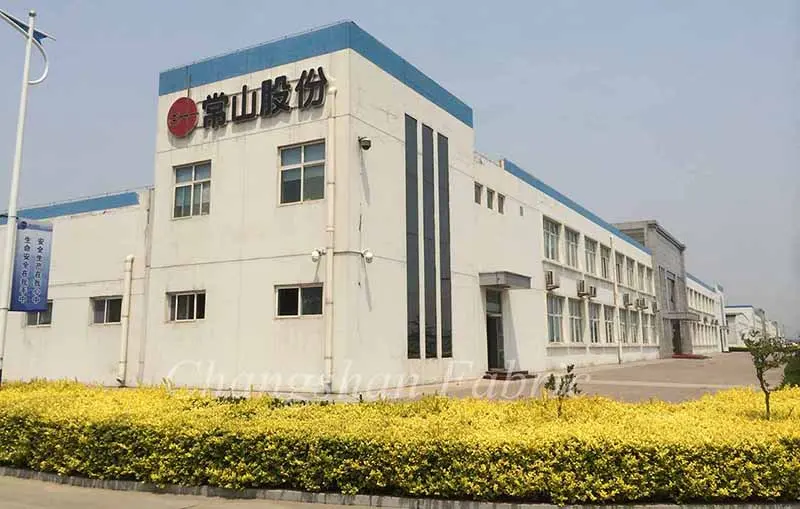
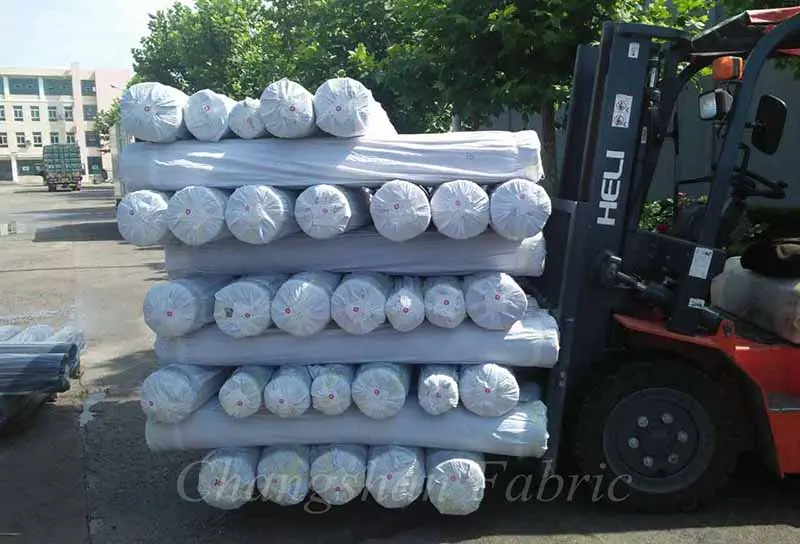
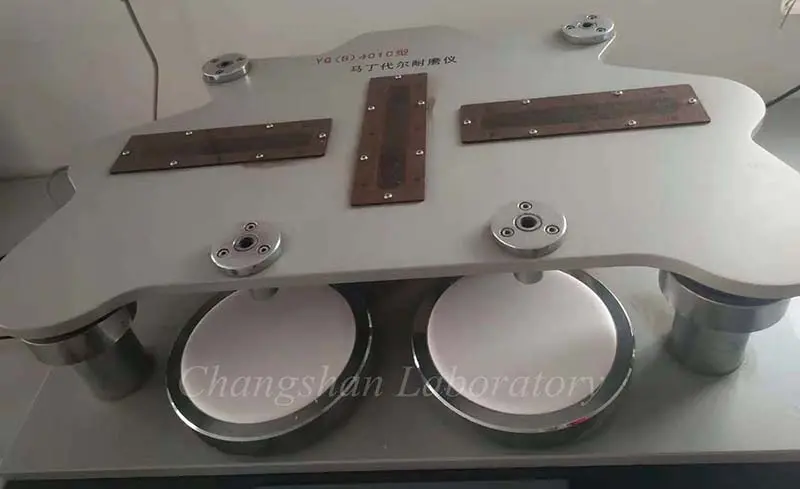

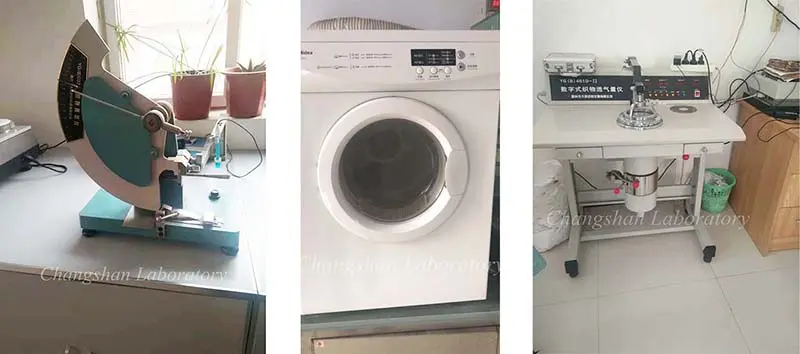
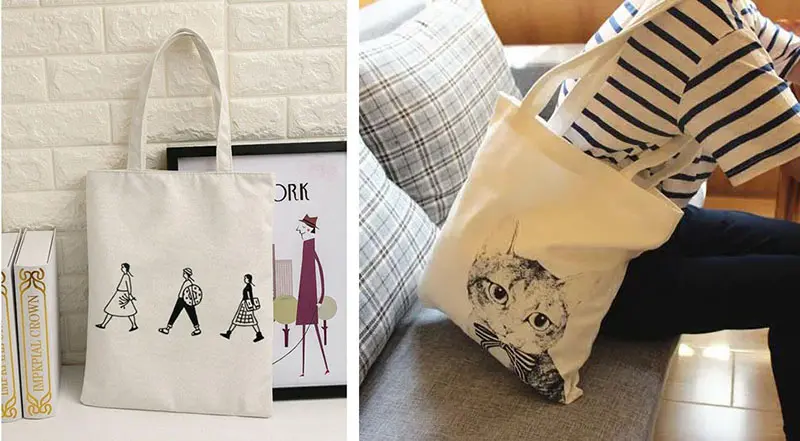
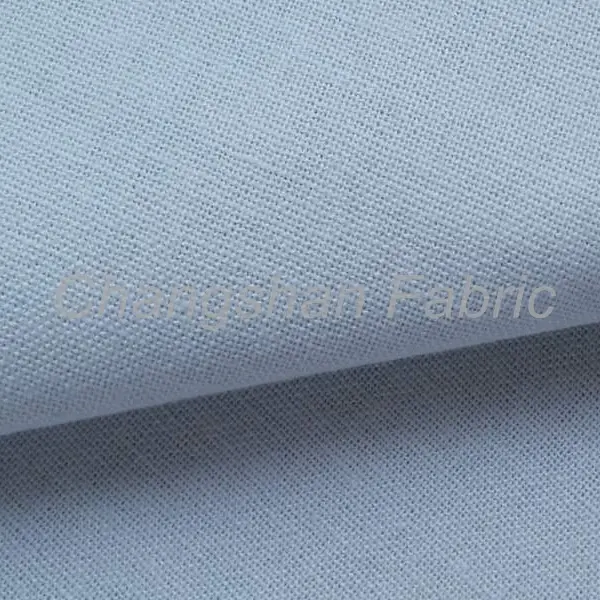
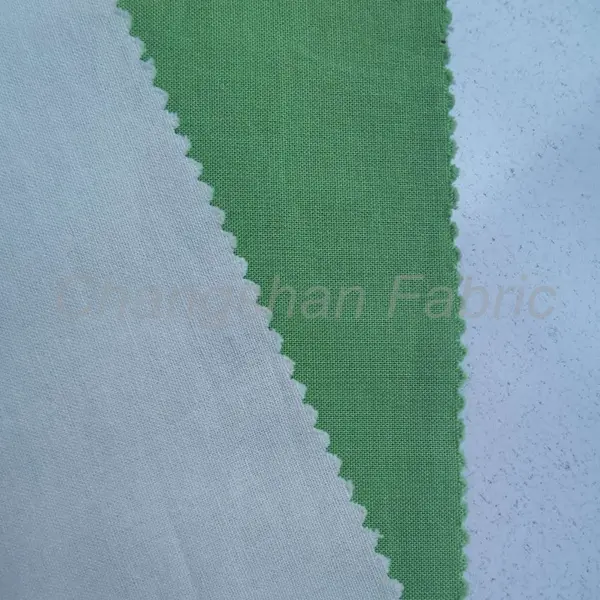

Copyright © 2025 Malingaliro a kampani Hebei Henghe Bangxing New Material Co., Ltd. Maumwini onse ndi otetezedwa. Sitemap | mfundo zazinsinsi


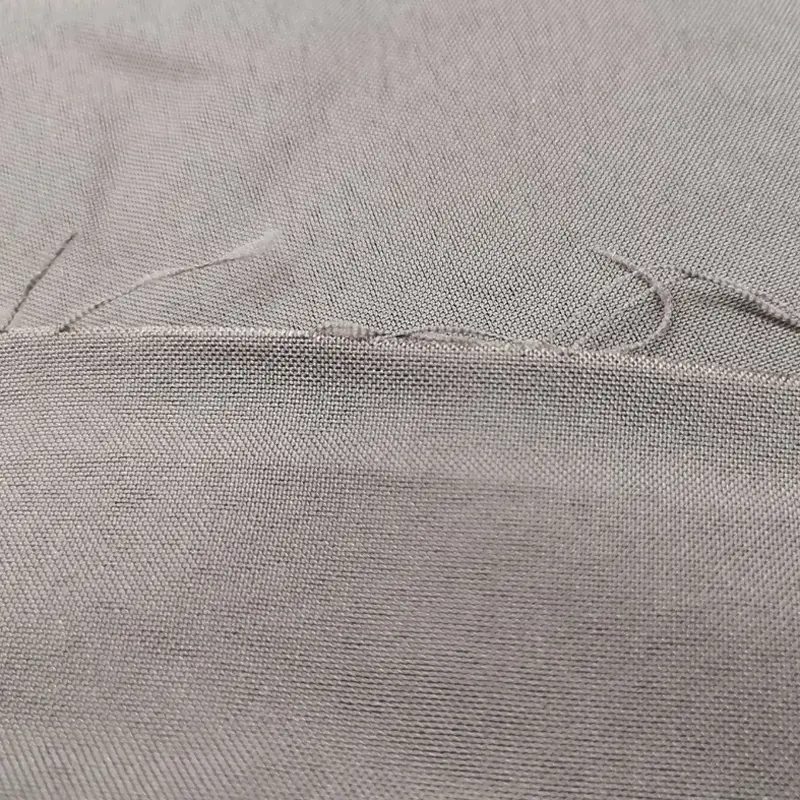
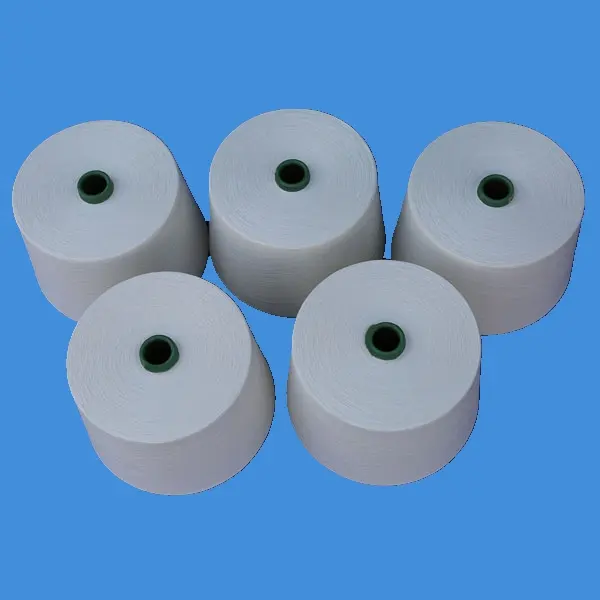

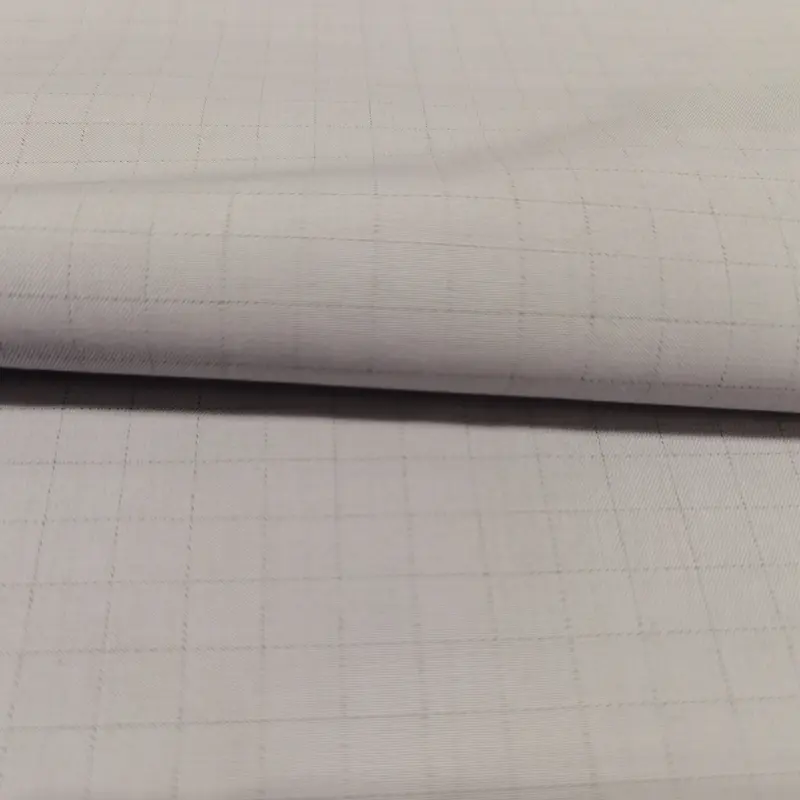
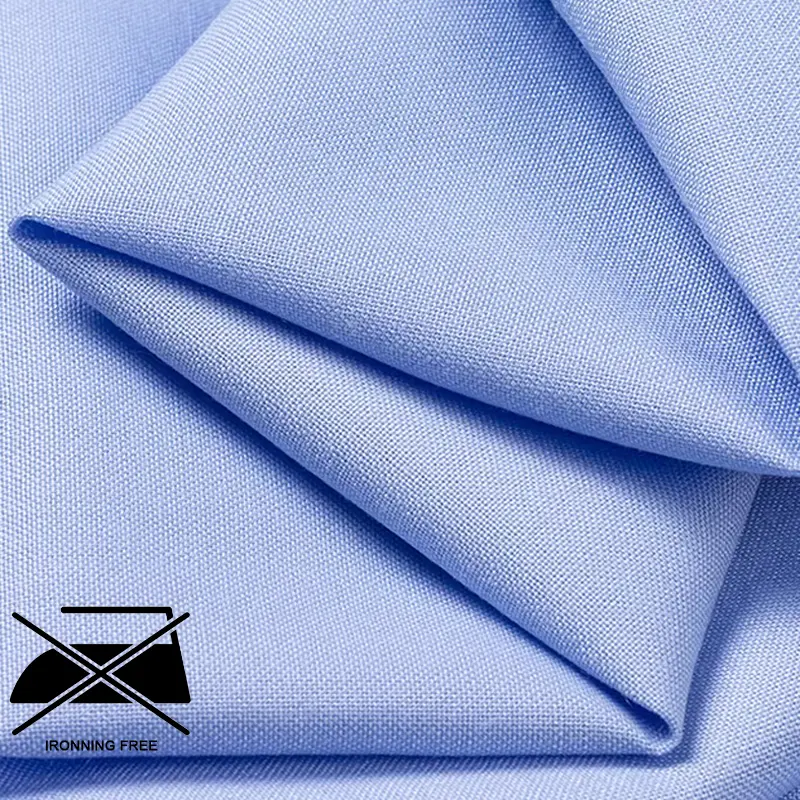

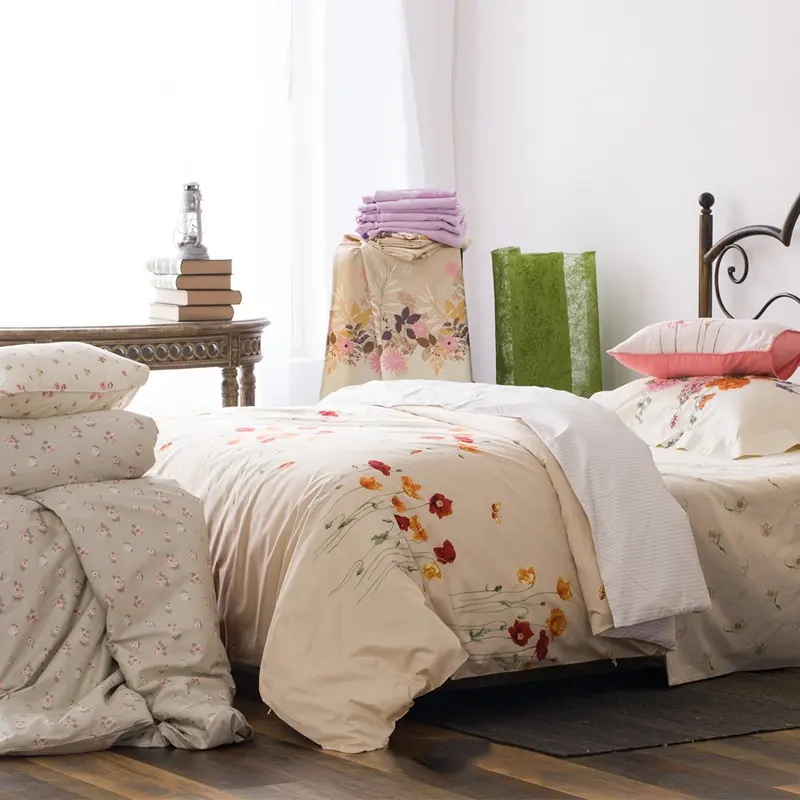
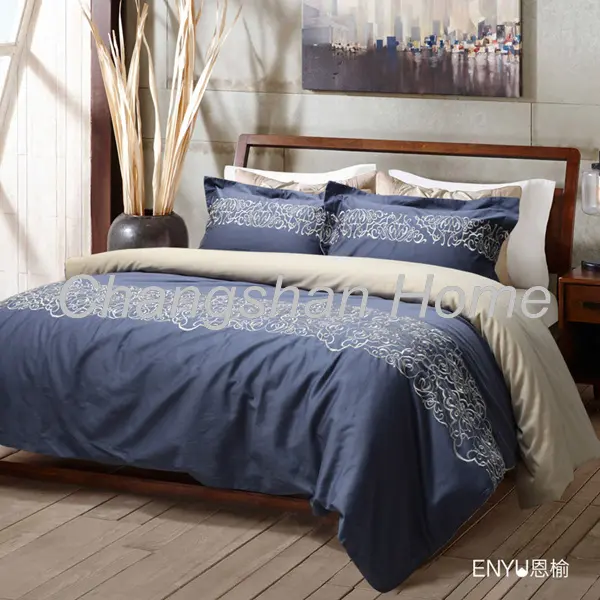
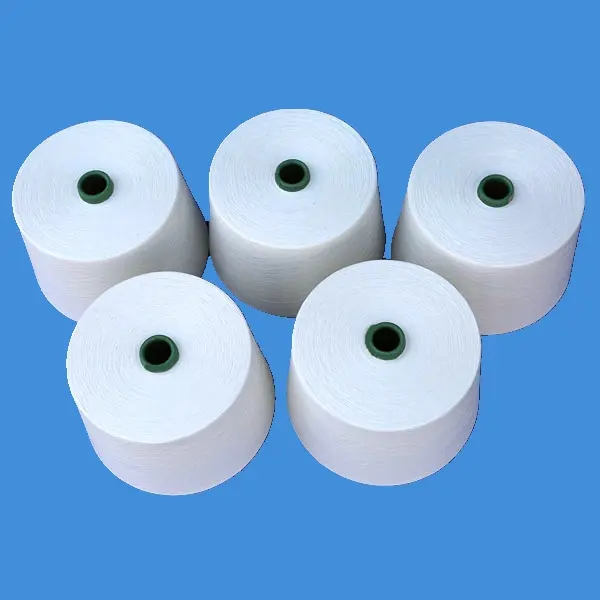
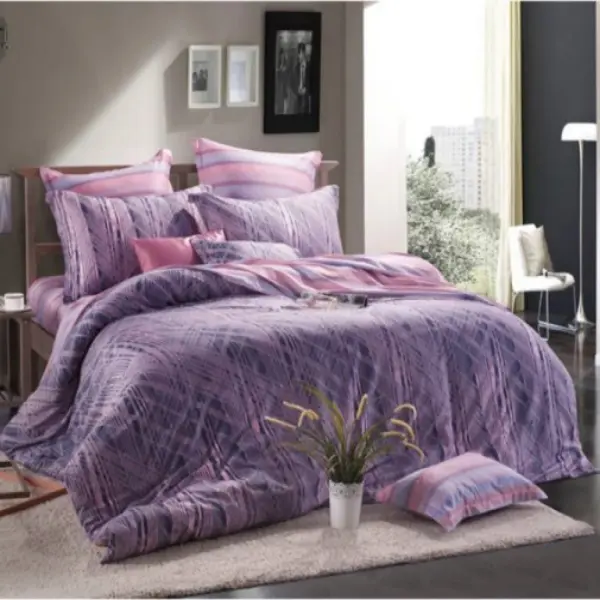
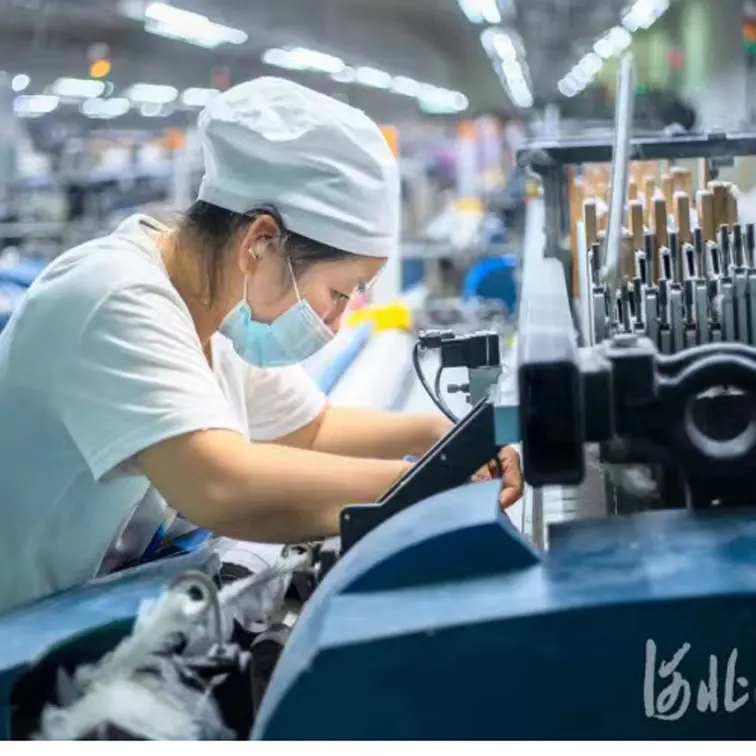
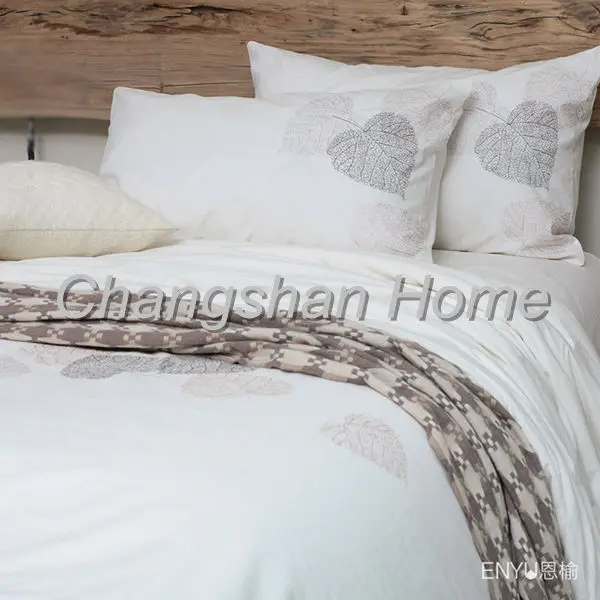
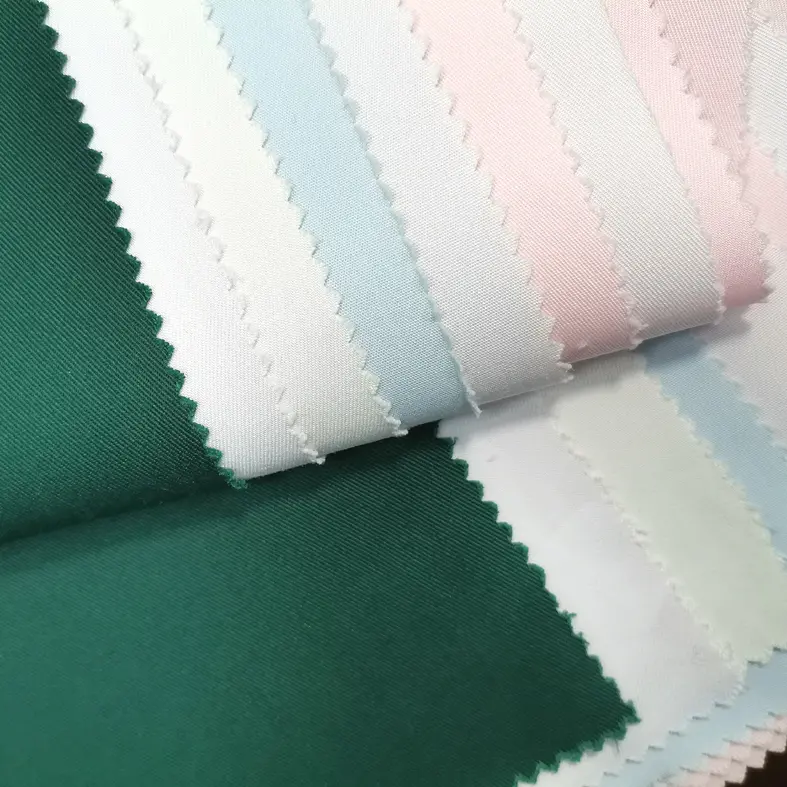
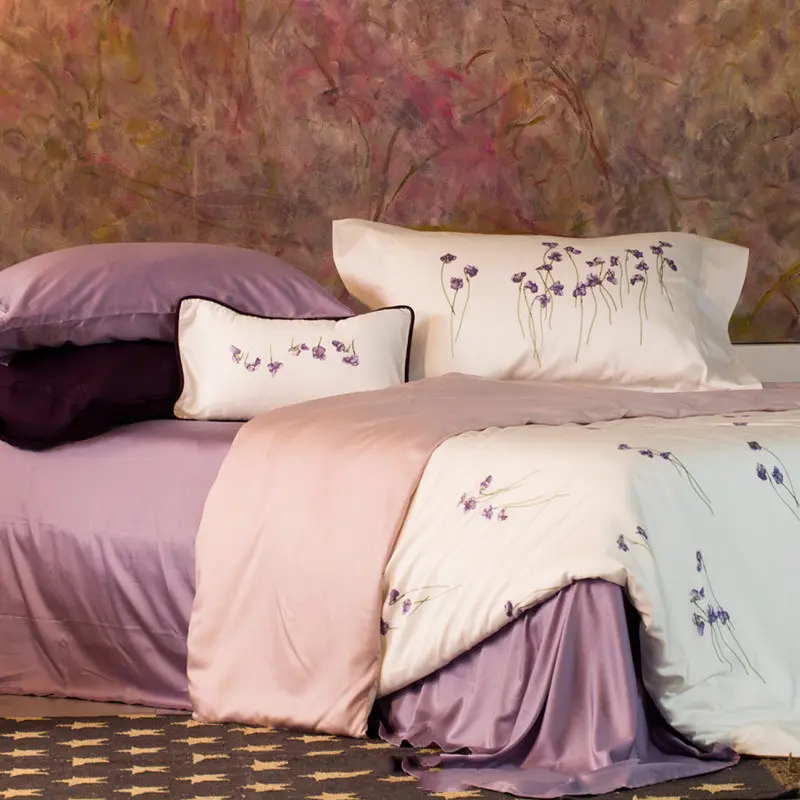
 Wokonda khungu
Wokonda khungu Zosiyanasiyana
Zosiyanasiyana Chokhalitsa
Chokhalitsa Wotsimikizika
Wotsimikizika
